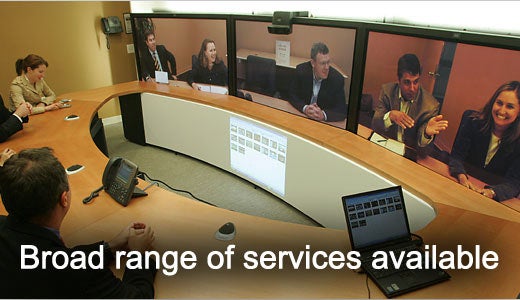The analyst data and client experience describing the virtues of voice/data convergence is well documented – greater efficiency, productivity, work flow integration and worker connectedness. According to analyst reports, half of all enterprises are engaged in the deployment of, or are using, unified communications (UC), while most of the rest are in the evaluation process.
Simultaneously, how UC services are implemented and delivered continues to evolve and mature. This evolution has led to the integration of UC with the emerging elements of cloud services. The result of that combination is Unified Communications as a Service (UCaaS).
So what is UCaaS? And why should enterprises include UCaaS in their evaluation and decision making process? Carl Weinschenk offers the following tips on how companies can offload equipment — and costs — through UCaaS platforms.
Click through for reasons why your company should consider Unified Communications as a Service (UCaaS).
With TDM (time division multiplexing) infrastructures and IP PBXs, CIOs are faced with substantial up-front capital requirements, cumbersome business cases, high expectations, and a struggle to quantify or demonstrate return on investment.
UCaaS has radically altered the equation. As a hosted, managed, and utility or usage-based offering, UCaaS removes the barrier of front-loaded capital costs and greatly improves the bias for action within the CIO’s office.
Offered on a per-seat basis, UCaaS includes a standard suite of UC feature sets as part of the monthly seat cost. Typically, these capabilities include presence management, soft phones, single number reach, unified messaging, conferencing, and the necessary communications and messaging hardware to support the offer.
Since these capabilities are provided in the cloud, consistent service experience and business continuity are intrinsic. In short, UCaaS provides UC capability via a cloud-based, standardized, and predictable model of cost and delivery.
Additionally, consistent service delivery with flexible feature sets (specific capabilities can be assigned to individual users) removes the headaches associated with providing seamless services across the enterprise
When the need to leverage existing platforms is present, integration is an option. This hybrid environment, while not fully cloud-based, can still be supported through a managed environment and provides the CIO with the assurance that previous investments are fully leveraged. Which option the enterprise chooses varies based on the speed and reach of their vision and their desire to fully enable business applications.
As the UC market has matured, so has the roster of providers supporting UC services. Unlike previous implementations of UC, UCaaS and hybrid implementations are integrated offerings – integrating business applications and business processes with the communications infrastructure is essential to delivering on the value of UC implementations. As such, systems integrators have taken an active role in the deployment and support of UCaaS and have brought a broader suite of consulting, managed services, and integration capabilities to the communications market.









